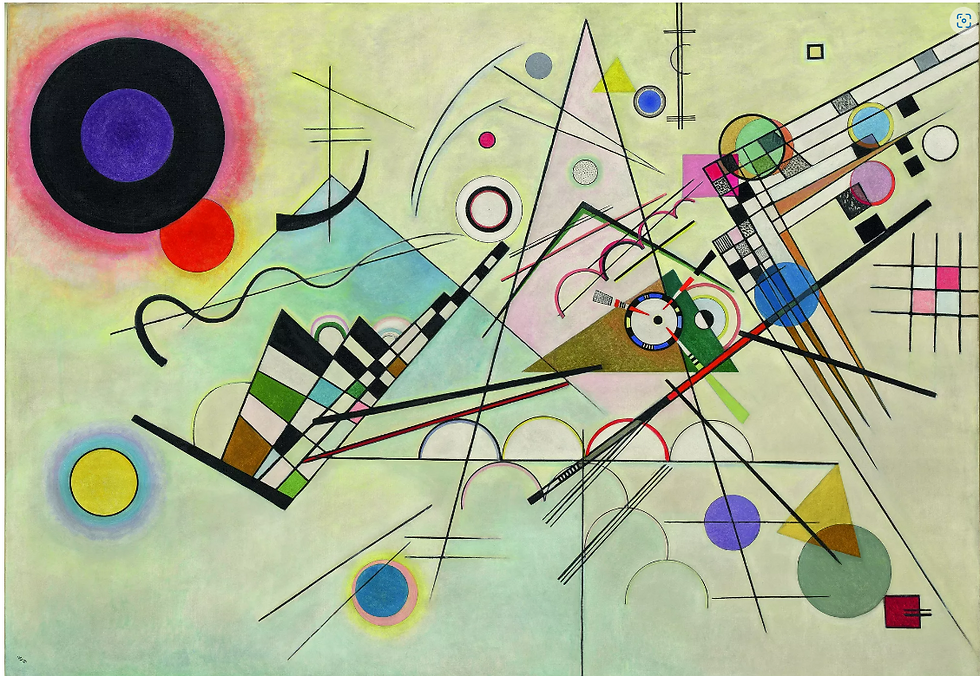May 30, 2019, 1:15PM

Stuart Davis, Hot Still-Scape for Six Colors — 7th Avenue Style , 1940. © 2019 Estate of Stuart Davis / Licensed by VAGA at Artists Rights Society (ARS), NY. Courtesy of the Museum of Fine Arts, Boston.
The modern artists wanted to be musicians. So, it seems, at least, judging from the titles of their paintings. The “Nocturnes” painted by James McNeill Whistler toward the end of the 19th century have as much, if not more, to do with Chopin’s solo piano compositions of the same name than with the nighttime scenes they depict. Paul Klee’s geometric abstraction, Polyphony (1932), bespeaks a boundless passion for Bach’s polyphonic choral works. Later avant-garde masterpieces gloried in the popular jazz music of the day, from Stuart Davis’s Swing Landscape (1938) to Piet Mondrian’s Broadway Boogie Woogie
(1942–43) to Henri Matisse’s Jazz Suite (1947). A list of modern-art milestones almost reads like a timeline of Western music. The visual arts have always been influenced by music, and vice versa. From the late 19th century to the middle of the 20th century, however, Western artists sought something more than the usual symbiosis between art forms. They strained to evoke music’s rhythms, structures, and tones in their work—in short, to transform one art form into another. If the avant-garde project of merging painting with music never quite achieved its goals or made complete sense to begin with, so much the better—few quixotic quests have failed so interestingly.



Comments